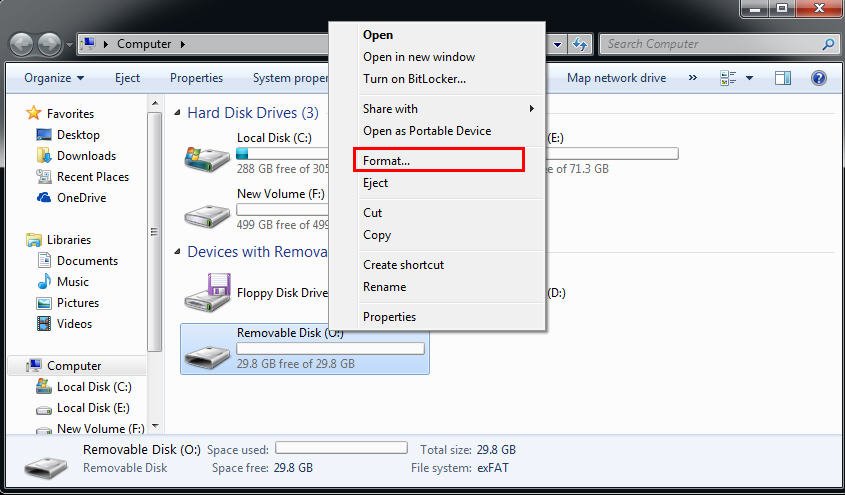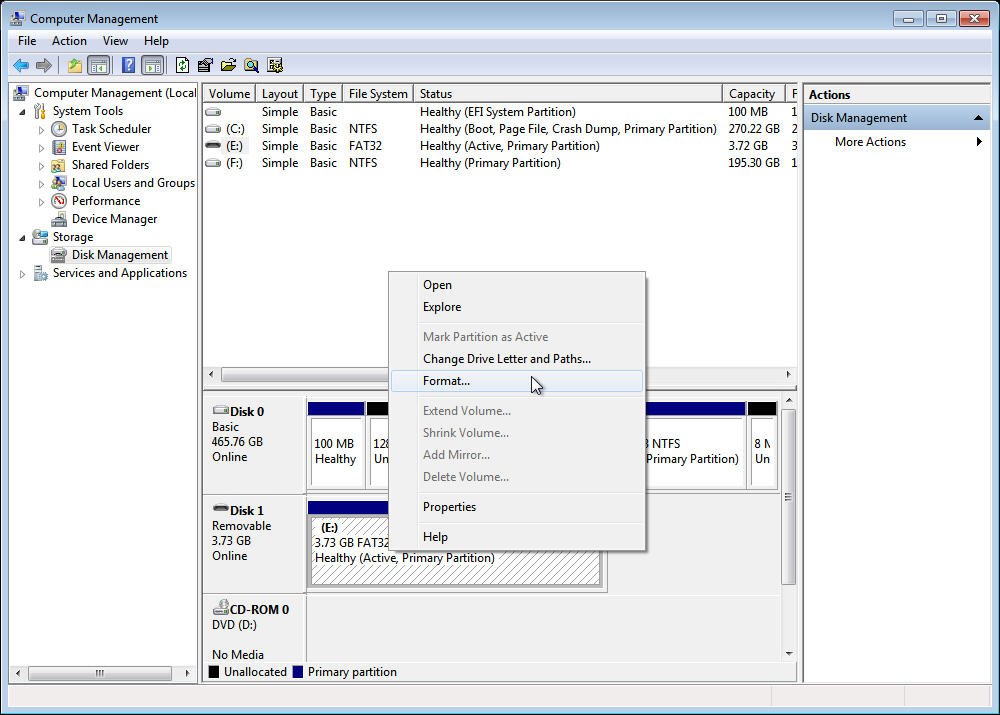

SD and USB mass storage devices are exposed to quick wear-leveling failure.64GB limit with Windows & Linux, a bug, not a limit of UDF.The lack of fully-functional filesystem check tools.So why not format a USB as UDF in Windows? Here is a list: The truth here is exFAT will do just the same. If we take out the hope of formatting a USB with a UDF file system, some may feel the Universal Disk Format means the flash drive will work in anything, such as from Windows, to Mac, to Linux, Symbian and/or to proprietary system.

It, UDF, is most widely used for DVDs and newer optical disc formats, can be used on flash drives, but does make it operate like one. Microsoft just doesn’t want you to do it and with good reason.īefore you get too far: If you think formatting a flash drive as UDF will make the thumb drive appear as an optical drive in the computer – you are mistaken!įrom the Wikipedia page about Universal Disk Format, UDF, the specification is governed by the Optical Storage Technology Association and because of that, many believe a UDF anything will work like a disc.

During the format process, only the best suited file systems will be displayed in Windows.įirst, let me say it IS possible for Windows to format a USB flash drive as UDF (Universal Disk Format). Windows provides NTFS as an option for USB flash drives, but as mentioned before, NTFS is not the best file system for a USB drive. The proper file systems for a flash drive is: FAT, FAT32 or exFAT. When trying to format a flash drive in Windows (7 or 10) you will see the file system options best suited for the device.


 0 kommentar(er)
0 kommentar(er)
